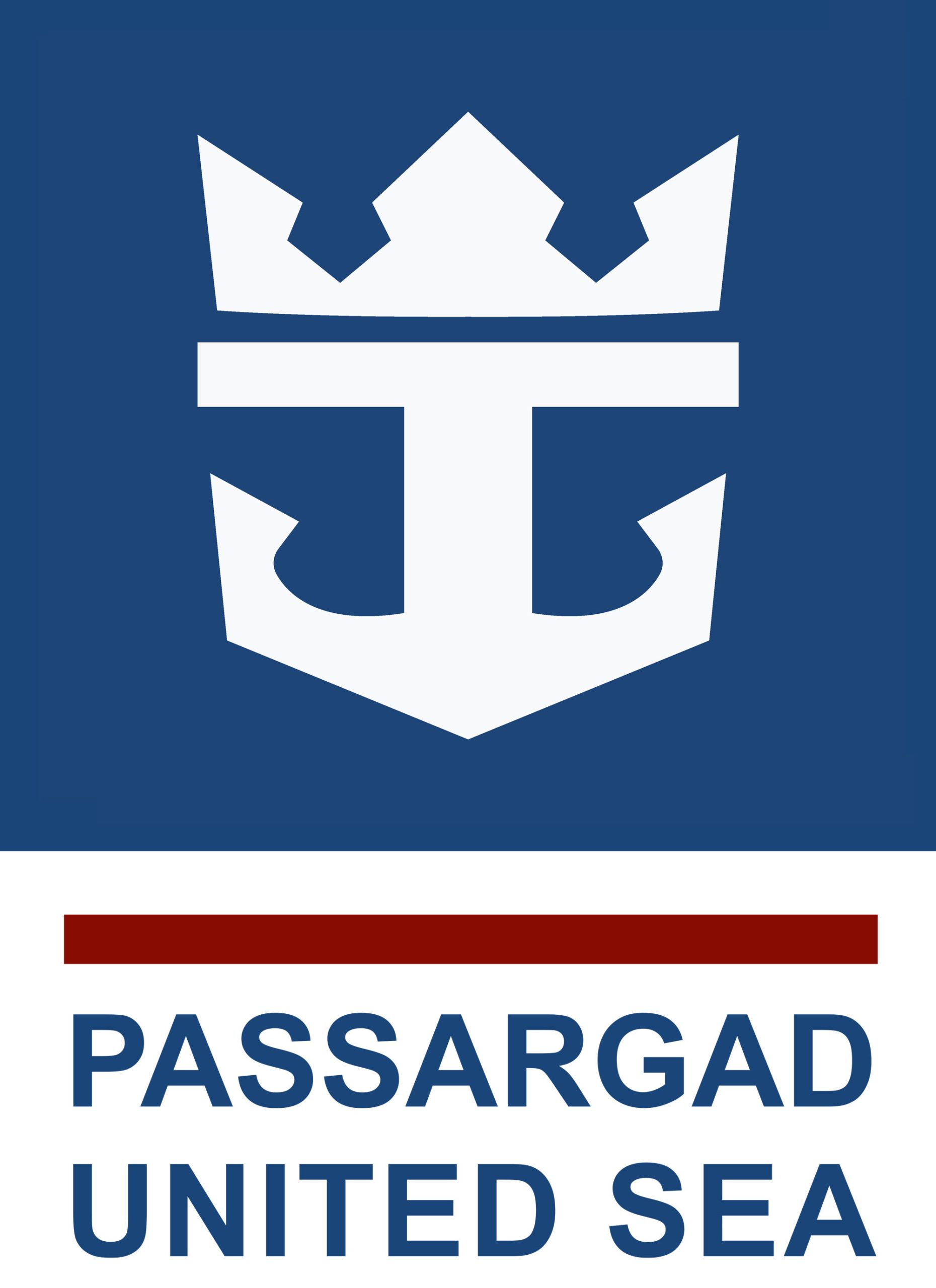Global intermodal tank container management for the chemical industry
, , Martin Savelsbergh
The chemical industry is growing steadily, especially in China, where chemical consumption is growing at a rate of 8% annually (China is projected to become the third largest consumer by 2010). The value of global chemical production exceeded US$1.7 trillion in 2003. World trade in chemicals continues to surge as well. In 2002, chemicals led all product groups in global trade growth at over 10%, with total world export value reaching US$660 billion. As a consequence, transport of chemicals represents a significant portion of worldwide transport of goods.
Long-distance, international transportation of liquid chemicals is conducted using one of five modes: pipeline, bulk tankers, parcel tankers, tank containers, or drums. Pipeline and bulk tankers are used primarily in the petrochemical industry for the transport of large quantities of a single product. Parcel tankers are smaller vessels with up to 42 tank compartments and are used to simultaneously transport multiple cargoes. Tank containers, also referred to as ISO tanks, intermodal tanks, or IMO portable tanks, are designed for intermodal transportation by road, rail, and ship. Tank containers have many advantages for the international transport of liquid chemicals:
- They are environment-friendly, since they are less prone to spillage during filling and unloading, as well as leakage during transportation.
- They permit a higher payload when compared to drums stowed in dry containers (43% more volume).
- They can be handled mechanically, which results in cost savings, but also ensures safety when handling hazardous commodities.
- They provide secure door-to-door multi-modal transportation (by road, rail, sea or inland waterways), and do not require specialized port-side infrastructure.
- They are safe and durable, with a design life of 20–30 years.
- They can be cleaned and placed into alternate commodity service with minimum downtime.
- They can be used as temporary storage for customers with limited space or high-cost permanent storage.
A tank container operator manages a fleet of tanks to transport liquid cargo for a variety of customers between essentially any two points in the world. Typically, 60–70% of the fleet is owned by the operator; the remaining tanks are leased, usually for periods of 5–10 years. To serve a standard customer order, a tank container operator would provide a tank (or multiple tanks) at the customer’s origin plant and arrange transportation for the tank across multiple modes to the destination plant. Transportation will usually include a truck leg at origin and destination and a steamship leg between a port near the origin to another port close to the destination. It may also include rail or barge legs at each end. Operators use depots for temporary storage, cleaning, and repair of empty containers.
In this paper, we consider the management problems faced by tank container operators. Specifically, we are interested in the difficult task of cost-effectively managing a fleet of tank containers, given imbalanced global trade flows. Given the high cost of tanks, high loaded container utilization is very important in this industry.





